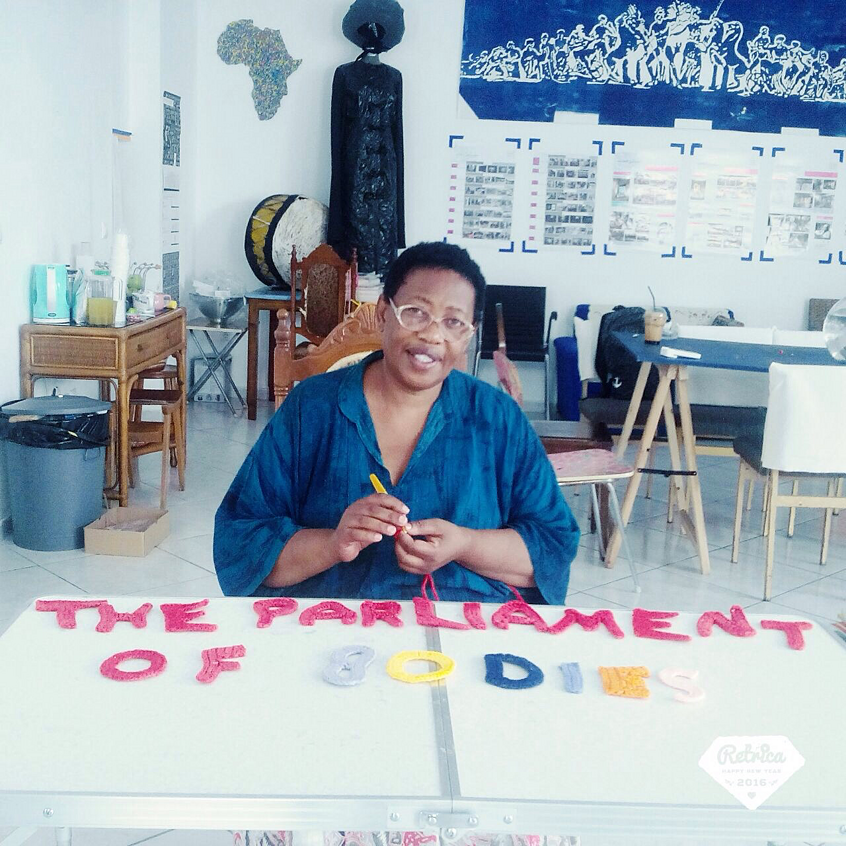The choice of the title, Matter Form Facture, signals my continued engagement with a materialist aesthetic that counterbalances the disdain with which conceptual, mediatic, and textual forms of contemporaneity treat the object of art: because objecthood is seen in a compact with a suspect iconicity; because object, desire, and fetish wear a tainted aura. Bricolage, which attained a range of theoretical and materialist meanings from the 1920s into the 1960s, still commands significance—most famously with Thomas Hirschhorn’s abject, subversive, and absurdly constructed “monuments.” But arguably all “making”—labor, craft, or manufacture and even their surreal reversal in debris, refuse, and fragment—anything that produces an aesthetic bond between subject and object tends to be considered already commoditized and therefore both compromised and overdetermined.
My propositions about materiality are based on abbreviated references to a Marxist-materialist aesthetic that shaped revolutionary “formalism” in the Soviet Union during the 1920s. My main argument is situated in the mid-twentieth century when a succession of countries gained and processed their experience of cultural liberation; when productive materiality and a decolonized understanding of aesthetics coalesced. By drawing on indigenous, subaltern, and situated radicalisms, this unfolding aesthetic engages with historical, indeed historicized, contradictions. Such forms of political agonism—as we find in mid-twentieth-century Brazil—deal almost effortlessly with Western canons and thence generate alternative trajectories for the avant-garde. I discuss this in relation to artists’ practice contextualized by the hard-bitten realities of countries “elsewhere” in the world, especially contemporary India.
—Geeta Kapur

Sheela Gowda and Christoph Storz, STOPOVER, 2012, granite, enamel paint, installation view, Kochi-Muziris Biennale, Fort Kochi
Geeta Kapur is a Delhi-based critic and curator. Her essays are extensively anthologized; her books include Contemporary Indian Artists (1978), When Was Modernism (2000), and Critic’s Compass: Navigating Practice (forthcoming). A founder-editor of Journal of Arts & Ideas; former advisory member, Third Text; trustee and advisory editor, Marg; member advisory board ARTMargins. Curatorial projects include Dispossession, Johannesburg Biennale (1995); Bombay/Mumbai, Century City, Tate Modern (co-curator, 2001); subTerrain, House of World Cultures, Berlin (2003); Aesthetic Bind, Chemould, Mumbai (2013-14). Jury member: Biennales of Venice (2005), Dakar (2006), and Sharjah (2007). Member Asian Art Council, Guggenheim Museum, New York; member advisory board Tate Research Center: Asia and London; and Asia Art Archive, Hong Kong. She lectures at universities and museums worldwide and has been a visiting fellow/faculty member at the Institute of Advanced Study, Shimla; Nehru Memorial Museum and Library, Delhi; Clare Hall, University of Cambridge; and Jawaharlal Nehru University, Delhi.


